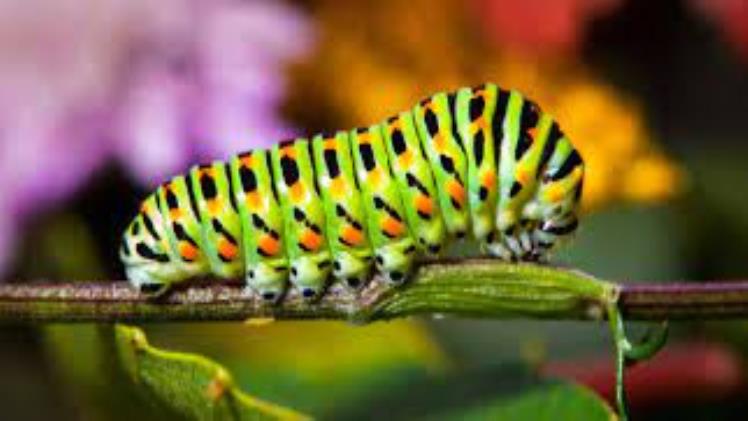Macro Photography Tips – How to Master Macro Photography and Capture Stunning Details

Macro photography is the art of capturing stunning details that are small in size. It can be learned with patience and practice, but you must have an eye for composition to create a powerful image. In this article, we’ll take a closer look at some key steps you can take to master macro photography so you can capture some truly stunning shots.
Finding an Aperture that Works for You
Macro photography requires finding the ideal amount of light. A good aperture will enable sharp images with a nice depth of field, leaving your subject in focus while leaving the background blurred and beautiful. Additionally, make sure your shutter speed is fast enough to prevent any distracting backgrounds from distracting from your subject.
Utilize Manual Focus
As you get closer to your subject, the autofocus system may start having difficulty keeping up. Therefore, using manual focus when shooting macro photography is recommended; this will guarantee that all parts of the picture are in focus, giving your photos a much cleaner look overall.
Experiment With Different Perspectives
Shooting photos from an unusual angle can be an effective way to give your macro photos more depth and dimension. Try taking images from a low perspective or bird’s-eye view perspective, then play around with depth of field to blur out certain parts of the subject while keeping others sharp.
Finding Your Ideal Camera
When it comes to photography, one of the most crucial factors to consider is lens type. Your lens choice will affect how well you can capture macro photos, so research before making a purchase.
When it comes to macro photography, there are plenty of options. There are lenses you can purchase for your existing camera as well as those specifically made for macro photography; ultimately, the choice should be yours based on individual requirements and budget.
Compositional Weight
Composition in macro photography presents a number of factors to take into account, and one that’s often challenging: how to balance all your elements. Fortunately, the compositional weight concept can assist you here.
1. Nature
Macro photography is an amazing way to appreciate nature’s incredible creations and learn about insects’ and other animals’ “secret lives”. You don’t even need to leave your backyard; simply head out into a park or your backyard and search for bugs and flowers – or try photographing nature’s creatures under water if you’re really interested in studying their behavior!
2. Macro Gear
Once you’ve mastered the fundamentals of macro photography, it’s time to upgrade your equipment. You may need to invest in a tripod or extension tubes so that you can take close-up shots. Adding an external flash unit will also help illuminate your subjects more effectively.